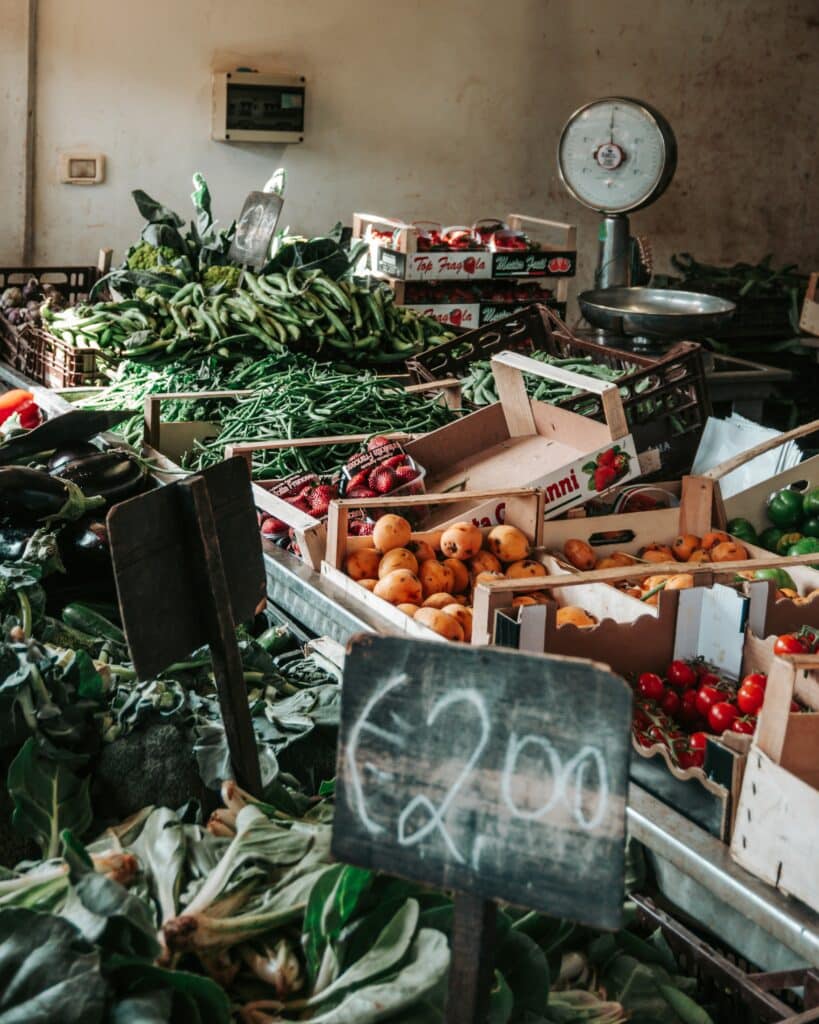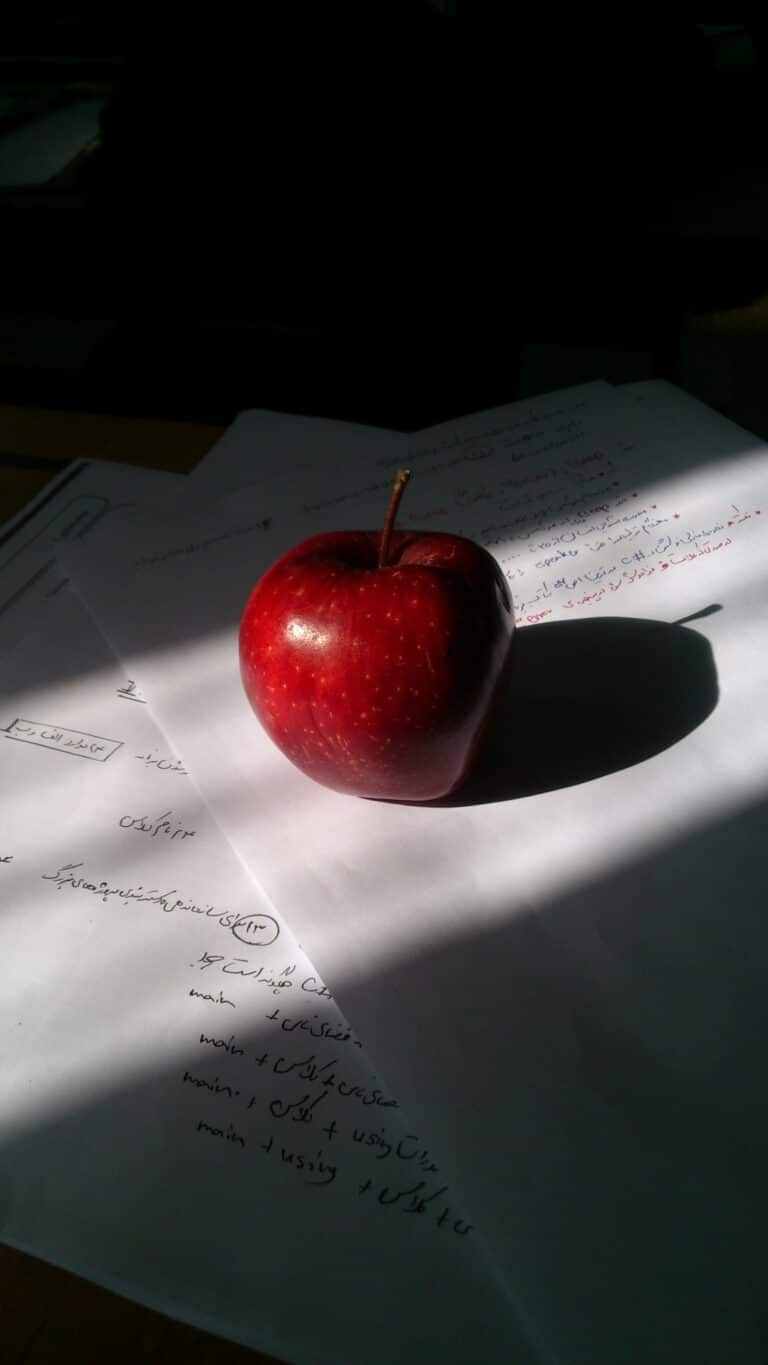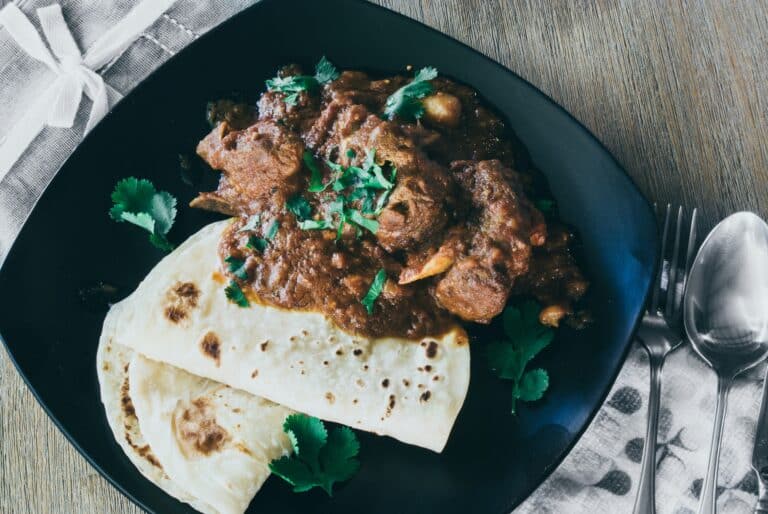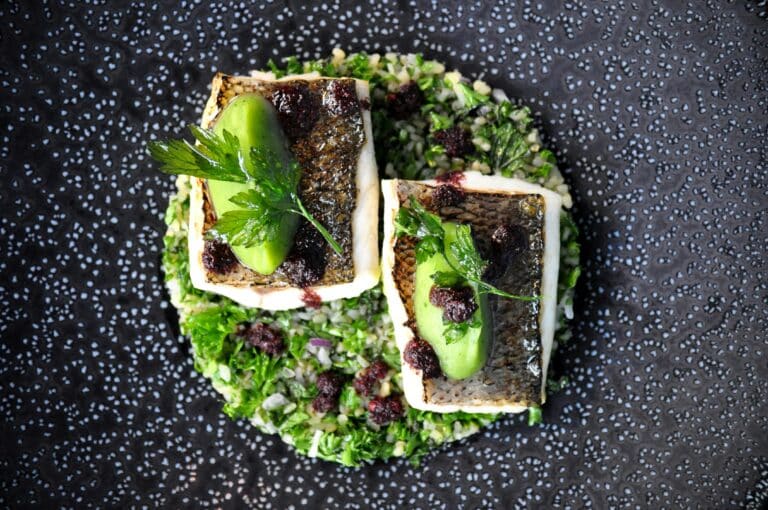Equally essential is the need to foster a sustainable approach to school lunches, not only in their content but also in the tools used to prepare and serve them. With the escalating environmental challenges our planet faces, there has never been a more critical time to embrace eco-friendly practices in all aspects of our lives, including our children’s school lunches. Hence, the topic at hand: “Eco-Friendly Eats: Transforming School Lunches with the Top Green Tools for Earth-Conscious Parents”.

Through this article, you will be guided on how to revolutionize your child’s school lunches by employing top green tools that align with a sustainable lifestyle. 🌍
Introduction to Green Tools for School Lunches
Before diving into the specifics, let’s briefly define what ‘green tools’ refer to in this context. In essence, these are environmentally-friendly alternatives to the typical plastic containers, disposable utensils, and non-biodegradable lunch boxes that are ubiquitous in many school cafeterias. They are designed to reduce waste, conserve resources, and teach our children the importance of eco-conscious decisions.
In the following sections, we will explore the top green tools for school lunches, delve into their benefits, and provide you with practical tips to implement these changes. You will discover that transforming your child’s school lunch experience into a more sustainable one is not as daunting as it might initially seem. 😉
Importance of Eco-Friendly School Lunches
Why should we concern ourselves with eco-friendly school lunches? The answer lies in the overwhelming need for environmental preservation. Our daily habits, including how we prepare and package our meals, significantly contribute to the ongoing environmental degradation. By choosing green tools for school lunches, we take a step towards reducing our carbon footprint, conserving resources, and teaching our children the value of sustainability from a young age.
What to Expect in this Article
With a clear understanding of the importance of eco-friendly school lunches, let’s preview what this article will cover. We will start by discussing the various types of green tools available on the market, such as reusable lunch boxes, compostable cutlery, and organic napkins. Each tool will be analyzed regarding its environmental impact, cost-effectiveness, and practicality.
Following this, we will provide a comprehensive guide on how to transition to using these tools seamlessly and effectively. We will also address potential challenges you might encounter and offer solutions to help you overcome them.
Finally, we will offer tips on how to engage your child in this process and make them enthusiastic about their eco-friendly school lunch. After all, the ultimate goal is not just to feed our children nutritious meals but also to instill in them a deep appreciation for the environment and a commitment to its preservation. 🌳
We hope that by the end of this article, you will feel empowered to make the necessary changes in your child’s school lunch routine, and together, we can make a significant difference in our world.
So, are you ready to embark on this green journey? Let’s get started! 🚀
Introduction: Raising Green Eaters – An Earth-Conscious Mission
As the world becomes more eco-conscious, there’s been a growing interest in “green” eating habits. This is especially true for parents, who often grapple with the challenge of providing their children with nutritious meals while also minimizing their environmental impact. In this endeavor, eco-friendly tools play an essential role. They help parents transform school lunches into environmentally-friendly meals. From reusable sandwich bags to compostable lunch trays, these tools are revolutionizing school lunches for the better. Let’s dive deeper into the subject.
Making meals greener is more than just about incorporating organic vegetables. It’s about reducing food waste, avoiding single-use plastics, and making informed choices about the source of the food. The aim is not just to raise healthy eaters, but also to educate children about their role in preserving the environment.
To get started, let’s explore some of the top eco-friendly tools that are making a difference in school lunches today.
Reusable Lunch Containers: A Plastic-Free Revolution
One of the most impactful ways to reduce the environmental footprint of school lunches is by eliminating single-use plastics. These are often found in the form of plastic bags, water bottles, and food wrappers. An effective alternative to these are reusable lunch containers.
These containers come in a range of sizes, materials, and designs. They are made of eco-friendly materials like stainless steel or silicone, and are designed to be used again and again. Some have multiple compartments, allowing parents to pack a variety of foods without the need for extra packaging.
For a comprehensive look at some of the best reusable lunch containers on the market, check out the video “Top 10 Best Kids Lunch Boxes to Buy in 2020” by Top10Listify. This video offers a detailed review of the top reusable containers, including their features and benefits.
🔍 Comparison: Reusable vs. Disposable Containers
| Reusable Containers | Disposable Containers | |
|---|---|---|
| Environmental Impact | Lower impact, as they can be used multiple times. | Higher impact, due to waste generated after single use. |
| Cost | Higher upfront cost, but more cost-effective in the long run. | Lower upfront cost, but continuous purchasing adds up. |
| Variety | Available in a variety of sizes, materials, and designs. | Limited options in terms of size, material, and design. |
Reusable Water Bottles: Hydrate Sustainably
Another significant contributor to plastic waste is disposable water bottles. The solution? Reusable water bottles. These bottles are durable, dishwasher-safe, and come in many fun designs that kids love. They also keep drinks cooler for longer, making them an excellent choice for school lunches.
Moreover, these bottles can be paired with water filters, ensuring your child always has access to clean, safe drinking water. This not only reduces reliance on bottled water but also ensures the quality of the water your child consumes.
For a rundown of the top reusable water bottles for kids, watch “The Best Kids Water Bottles – Reviews & Buyer’s Guide” by Ezvid Wiki. This video provides a helpful guide on choosing the right water bottle for your child, considering factors such as size, durability, and leak-proofing.
💧Comparison: Reusable vs. Disposable Water Bottles
| Reusable Bottles | Disposable Bottles | |
|---|---|---|
| Environmental Impact | Lower impact, as they can be used multiple times. | Higher impact, due to waste generated after single use. |
| Cost | Higher upfront cost, but more cost-effective in the long run. | Lower upfront cost, but continuous purchasing adds up. |
| Quality | Ensures the quality of water with the use of filters. | Quality of water can vary depending on the brand. |
Compostable Lunch Trays: Zero Waste, High Impact
If the idea of washing lunch containers every day seems daunting, compostable lunch trays are a fantastic alternative. They are made from renewable resources like sugarcane or wheat straw, and can be composted after use, leaving no waste behind. These trays are sturdy enough to hold a full meal, yet gentle on the environment.
There are different types of compostable trays available on the market. Some come with separate compartments, making them ideal for meals with multiple components. They are also microwave-safe, making it easy to heat meals before packing.
For more information on compostable trays and how to use them effectively, check out the video “Eco-Products Compostable Trays” by Eco-Products. It provides a comprehensive guide to these trays, their benefits, and how they contribute to a greener environment.
🌿Comparison: Compostable vs. Plastic Trays
| Compostable Trays | Plastic Trays | |
|---|---|---|
| Environmental Impact | Composts completely, leaving no waste behind. | Non-biodegradable, takes hundreds of years to decompose. |
| Cost | Comparable to plastic trays, but more cost-effective when the environmental impact is considered. | May be cheaper, but the environmental cost is high. |
| Usage | Single-use, but compostable. | Can be used multiple times, but not compostable. |
The Path to Eco-Friendly School Lunches
Embracing eco-friendly tools for school lunches is a positive step towards a more sustainable lifestyle. As we can see, there are a variety of tools available to help parents make this transition. Whether it’s a reusable lunch container, a refillable water bottle, or a compostable lunch tray, each tool has its benefits and plays a role in reducing environmental impact.
Furthermore, it’s important to remember that going green is not just about using the right tools. It also involves educating children about the importance of sustainable practices. This can be done by involving them in the process of packing their lunches, teaching them about the impact of their choices, and encouraging them to be more mindful of their consumption.
By doing so, we can raise a generation that not only enjoys their school lunches but also understands the importance of preserving our planet. And isn’t that a delicious idea?
Conclusion
To conclude, we’ve traversed a riveting journey through the complexities and nuances of the technical realm. Whether it was the intricacies of IT or the precision of engineering concepts, we’ve tried to break down these complex ideas into digestible and understandable segments. Our core focus throughout this article has been on the importance of presenting technical information in a clear, concise, and comprehensive manner.
We started off with an in-depth analysis of IT infrastructure and its integral components, discussing the role of hardware, software, networks, and data centers. We then delved into the complexities of network architecture, emphasizing its pivotal role in ensuring seamless and secure data transmission. Our exploration of cloud computing services, from SaaS to PaaS and IaaS, demonstrated how they revolutionize business operations. 🌐
In the realm of engineering, we unravelled the principles of software development methodologies, from waterfall to agile, and their impact on project efficiency. We also explored the intricacies of machine learning algorithms and artificial intelligence, illustrating how these transformative technologies are shaping our future. 🤖
This might seem overwhelming for some, but it’s imperative to remember that the essence of technical writing lies in simplifying these complex concepts. Your comprehension and interest in these topics demonstrate your curiosity and commitment to continuous learning, which are the stepping stones towards mastery in any field. 💪🏽
Undeniably, both IT and engineering are ever-evolving domains. As technology continues to advance at a rapid pace, it becomes even more crucial for professionals to stay up-to-date with the latest trends and developments. Regular engagement with technical articles like this one can serve as an invaluable resource in this regard.
Thank you for accompanying me on this insightful exploration. I sincerely hope that it provided you with a better understanding of these technical concepts and stimulated your intellectual curiosity. I encourage you to share your thoughts and insights on these topics in the comments section. If you found this article informative and valuable, feel free to share it with your colleagues and friends who might also find it beneficial.
Remember, the path to knowledge is a collective journey. So let’s continue to share and learn together.
Should you wish to delve deeper into these subjects, you can refer to the Computerworld for IT-related topics and the Engineering.com for engineering concepts.
Stay tuned for more enriching and in-depth discussions on various technical topics. Till then, keep learning, keep sharing, and keep growing. 🚀
Tags: #InformationTechnology #Engineering #TechnicalWriting



